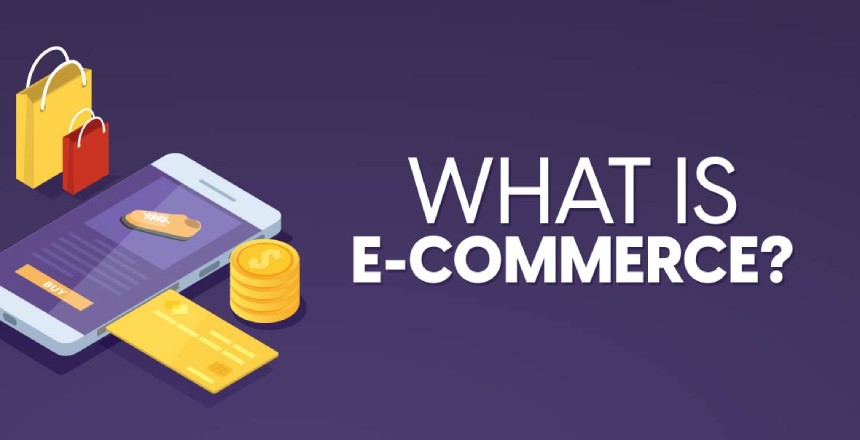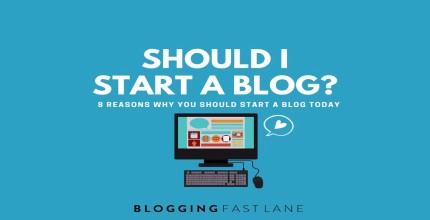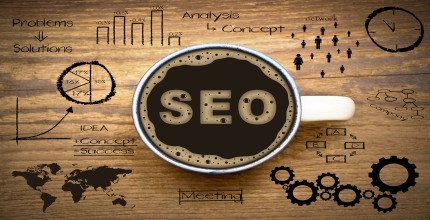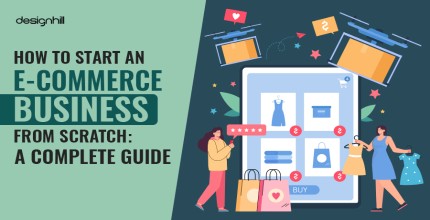
What Is E-Commerce? A Comprehensive Guide to Online Business
E-commerce—short for “electronic commerce”—refers to buying and selling goods and services over the Internet. From ordering groceries on your phone to subscribing to digital software, e-commerce has revolutionized the way businesses reach customers and how consumers shop. Let’s dive into what e-commerce is, explore its main models, and uncover why it’s essential for today’s marketplace.
1. The Definition and Scope of E-Commerce
At its core, e-commerce covers all commercial transactions conducted online. This includes:
-
Retail Sales: Consumers purchasing physical products (apparel, electronics, home goods) via online storefronts.
-
Digital Products & Subscriptions: Downloadable assets (ebooks, software, courses) and recurring services (streaming, SaaS).
-
Online Marketplaces: Platforms such as Amazon, eBay, and Etsy where multiple vendors sell side by side.
-
B2B Portals: Companies ordering wholesale supplies, industrial equipment, or professional services through dedicated portals.
-
Mobile Commerce (M-Commerce): Transactions completed via smartphone apps or mobile-optimized websites.
E-commerce also encompasses supporting functions: digital marketing, online payment processing, customer support, logistics, and data analytics.
2. Key E-Commerce Business Models
-
Business-to-Consumer (B2C)
The most familiar model—retail businesses selling directly to end consumers. Examples: Zalando, Walmart.com. -
Business-to-Business (B2B)
Transactions between companies. Suppliers, manufacturers, and wholesalers use e-commerce portals to manage large-volume orders and inventories. -
Consumer-to-Consumer (C2C)
Individuals selling to other individuals via platforms like eBay, Craigslist, or Facebook Marketplace. -
Consumer-to-Business (C2B)
Consumers offer products or services to businesses—for instance, freelance platforms where creatives pitch or sell their work to companies. -
Direct-to-Consumer (D2C)
Manufacturers or brands selling directly to consumers, bypassing traditional retail channels—often via their own websites.
3. Essential Components of an E-Commerce Platform
-
Website or Mobile App: A user-friendly interface with clear product listings, categories, and search functionality.
-
Shopping Cart & Checkout: Secure process for adding items, calculating totals, and collecting payment information.
-
Payment Gateway Integration: Options like credit/debit cards, PayPal, Stripe, Apple Pay, or local e-wallets.
-
Inventory Management: Real-time stock tracking to prevent oversells and automate reordering.
-
Order Fulfillment & Shipping: Seamless integration with carriers (FedEx, DHL, local couriers) and transparent tracking for customers.
4. Benefits of E-Commerce
-
Global Reach: Break free from geographic limits—sell to customers around the world 24/7.
-
Lower Overheads: No need for expensive retail storefronts; digital operations can drastically reduce rent and staffing costs.
-
Personalization & Data: Leverage customer data to recommend products, run targeted ads, and optimize pricing strategies.
-
Scalability: Easily add new product lines, markets, or languages without building physical infrastructure.
-
Convenience & Speed: Customers appreciate instant access to products, digital downloads, and fast delivery options.
5. Challenges and How to Overcome Them
-
Customer Trust: Mitigate concerns with SSL certificates, clear return policies, and visible reviews.
-
Logistics Complexity: Outsource fulfillment to 3PL providers or use drop-shipping to streamline inventory management.
-
Competition & Pricing Pressure: Differentiate via unique branding, loyalty programs, and exceptional customer service.
-
Technical Maintenance: Choose reliable hosting and employ monitoring tools to maintain uptime and performance.
6. Emerging E-Commerce Trends
-
Social Commerce: Shoppable posts on Instagram, TikTok, and Facebook blur the line between browsing and buying.
-
Augmented Reality (AR): Virtual try-ons for fashion or furniture preview tools enhance online shopping confidence.
-
Voice Commerce: Integration with smart speakers—“Alexa, order my favorite shampoo.”
-
Sustainability: Eco-friendly packaging, carbon-neutral shipping options, and transparent supply chains attract conscious consumers.
-
AI-Driven Personalization: Chatbots, recommendation engines, and dynamic pricing models powered by machine learning.
Conclusion
E-commerce is no longer optional—it’s a strategic imperative for businesses of all sizes. By understanding its models, investing in the right platform components, and embracing emerging trends, you can create a seamless online shopping experience that delights customers and drives growth. Whether you’re a budding entrepreneur or an established brand, the digital marketplace awaits—start planning your e-commerce journey today!



